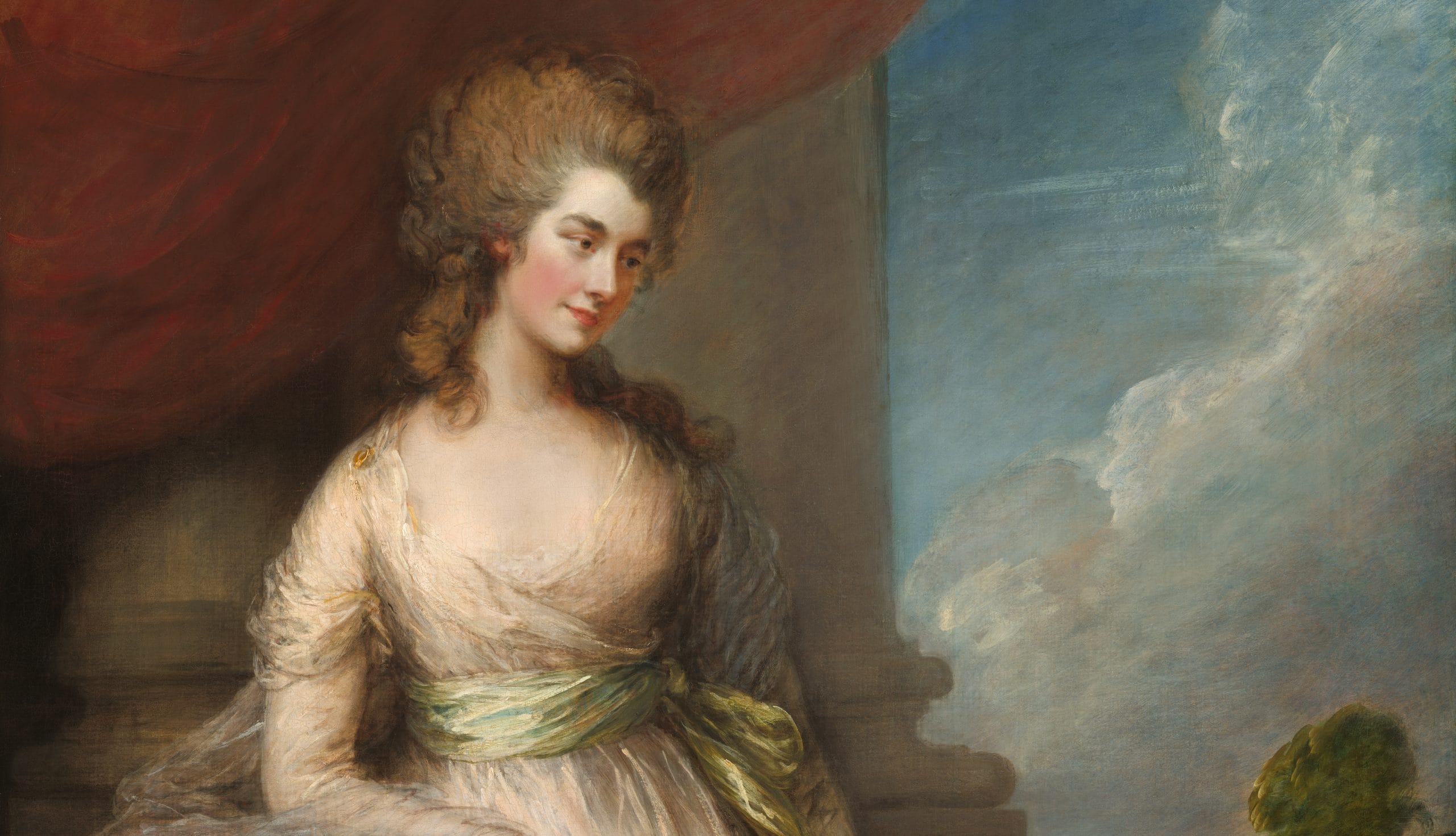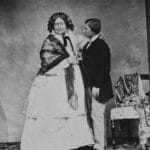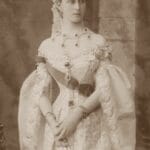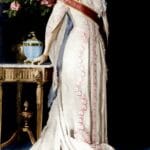Georgiana Cavendish, Duchess of Devonshire: A name synonymous with breathtaking beauty, scandalous affairs, and unparalleled political influence. But beyond the glittering surface of high society lay a life of remarkable contradictions – a woman of immense privilege grappling with crippling debt, a devoted wife entangled in a passionate love affair, a fashion icon quietly wielding considerable political power. This is the story of the real Georgiana, separating myth from reality and revealing the complexities of a life that continues to captivate centuries later. Her story, interwoven with a surprising family link to Princess Diana, is one of extremes, showcasing the remarkable resilience and enduring legacy of a woman who defied the limitations of her era.
A Life Forged in Privilege and Intrigue
Born Georgiana Spencer on June 7, 1757, at Althorp, the ancestral home of the Spencer family, Georgiana inherited not only stunning beauty but also a keen understanding of the intricate social and political landscape of 18th-century England. Her upbringing, steeped in both privilege and political intrigue, likely played a significant role in shaping her future. At the tender age of seventeen, she married the powerful William Cavendish, the 5th Duke of Devonshire – a union that promised influence and power but ultimately foreshadowed a tumultuous journey. Was it a love match, or a strategic alliance forged in the halls of aristocracy? The answer, like much in Georgiana’s life, remains nuanced and open to interpretation. Some historians suggest the match was primarily a political maneuver, solidifying the Cavendish family’s standing. Others, however, point to evidence suggesting genuine affection, albeit one tested by societal expectations and personal failings.
The Political Powerhouse in Silk and Satin
The Duchess of Devonshire was far more than just a beautiful face in high society; she was a formidable political force, actively involved in the high-stakes battles of her time. A staunch supporter of the Whig party, and particularly close to Charles James Fox, Georgiana proved to be a captivating campaigner, using her charm and social connections to sway voters and shape political discourse. Her impact, some historians posit, was far greater than contemporary accounts suggest, likely underestimated due to prevailing societal biases against women in politics. Her influence extended beyond simple vote gathering; she actively participated in political strategy, her insights and social connections influencing major political decisions. We may never fully know the exact extent of her contributions, but various accounts suggest her influence was considerable, a testament to her political shrewdness and social prowess.
A Fashion Icon Who Redefined Style
Georgiana’s influence transcended the political realm; she was a revolutionary fashion icon, setting trends with her elegant, yet daring style. Think extravagant gowns, groundbreaking silhouettes – looks less about clothing and more about making a powerful statement, subtly challenging the rigid social norms of her aristocratic world. Her bold choices weren’t merely fleeting trends; they reflected her personality and continue to inspire designers today. Her style was as revolutionary as her political activism, a silent rebellion embedded in the exquisite fabric of her gowns.
The Writer Who Bared Her Soul
Beyond her political activism and fashion iconography, Georgiana also left her mark on the literary world. While The Sylph remains her most well-known work, her diaries and letters offer a remarkable glimpse into her mind and her observations of a changing society. These writings, now invaluable historical documents, provide a deeper understanding of her complex personality and the world she inhabited. Historians continue to analyze her writings, attempting to define the interplay between her tempestuous personality and her literary output. Ongoing research suggests a connection between her emotional turmoil and the expressive nature of her words, though interpreting the precise link remains a matter of ongoing scholarly debate.
The Shadow of Debt and Despair
Despite her wealth and social standing, Georgiana faced significant financial challenges. Her extravagant lifestyle and passion for gambling ultimately resulted in crippling debt, a stark contrast to the image of effortless privilege often associated with her social standing. Her gambling habit, while a common pastime among the aristocracy, proved to be her downfall. Some scholars suggest her financial troubles were a consequence of societal expectations placed upon women of her status, limiting her financial autonomy. Others argue her debts stemmed from poor financial management, reflecting a lack of pragmatism in contrast to her sharp political acumen.
A Marriage of Contradictions
Her marriage to the Duke was a tangled web of love, betrayal, and enduring complexity. The emotional distance between herself and her husband, fueled by his inherent emotional reserve and the constraints of a dynastic marriage, contrasted with the depth of friendship she found with Elizabeth Foster (Bess). Their relationship, a source of both support and great societal concern, added another layer to the intricacies of her life. Her children, the future inheritor’s of her aristocratic lineage, further shaped the course of her life. Her death at Derby Cathedral on March 30, 1806, marked the end of an extraordinary and controversial life.
The Enduring Legacy: Fact and Fiction
The film The Duchess, while a dramatization, sparked renewed interest in this remarkable woman. Georgiana’s story continues to resonate, a testament to her lasting impact on fashion, politics, and gender roles. Her supposed connection to Princess Diana [https://www.lolaapp.com/was-georgiana-cavendish-related-to-princess-diana] further solidifies her place in popular culture, highlighting enduring themes of public scrutiny and personal complexities. Was she a cautionary tale of extravagance, or a symbol of female empowerment? Likely both. Her life, full of both brilliance and flaws, continues to challenge and intrigue, prompting further research and nuanced interpretations.
Key Relationships of Georgiana Cavendish, Duchess of Devonshire
| Relationship | Person | Significance |
|---|---|---|
| Father | John Spencer (Earl Spencer) | Provided social standing and powerful family connections. |
| Husband | William Cavendish (5th Duke) | A complex relationship marked by infidelity and significant political influence. |
| Close Friend | Elizabeth Foster (Bess) | A deeply important friendship offering crucial support and companionship. |
| Political Ally | Charles James Fox | A prominent Whig politician; Georgiana actively campaigned for him. |
Why did the Duke not love Georgiana? [https://www.lolaapp.com/why-did-the-duke-not-love-georgiana]
Did Charles Grey love Georgiana? [https://www.lolaapp.com/did-charles-grey-love-georgiana]
Was Georgiana Cavendish related to Princess Diana? [https://www.lolaapp.com/was-georgiana-cavendish-related-to-princess-diana]
By weaving together these diverse threads of her life, we can begin to understand the captivating figure that was Georgiana Cavendish – a woman ahead of her time, whose beauty, intelligence, and resilience continue to inspire generations. Further research, including deeper dives into archival sources, promises to fill in gaps and offer even more nuanced interpretations of her extraordinary life.















